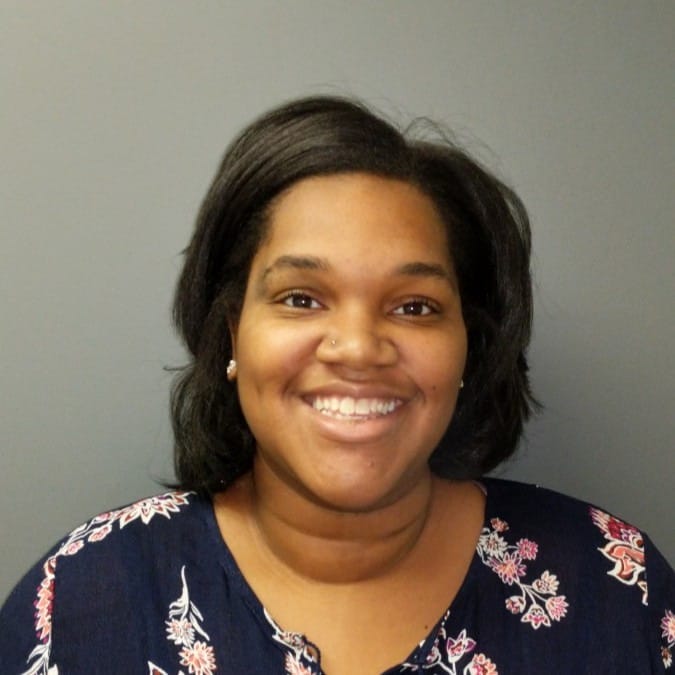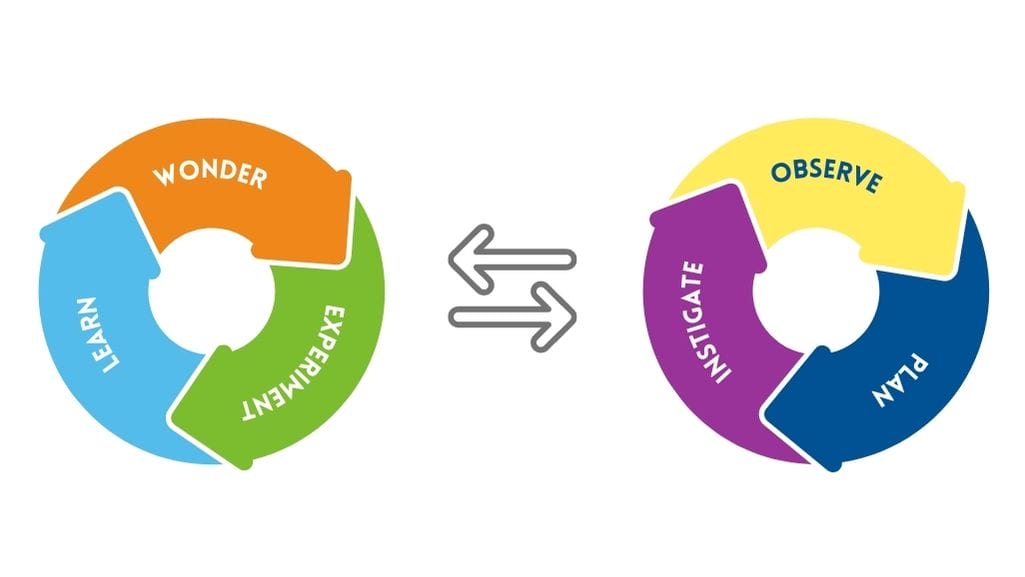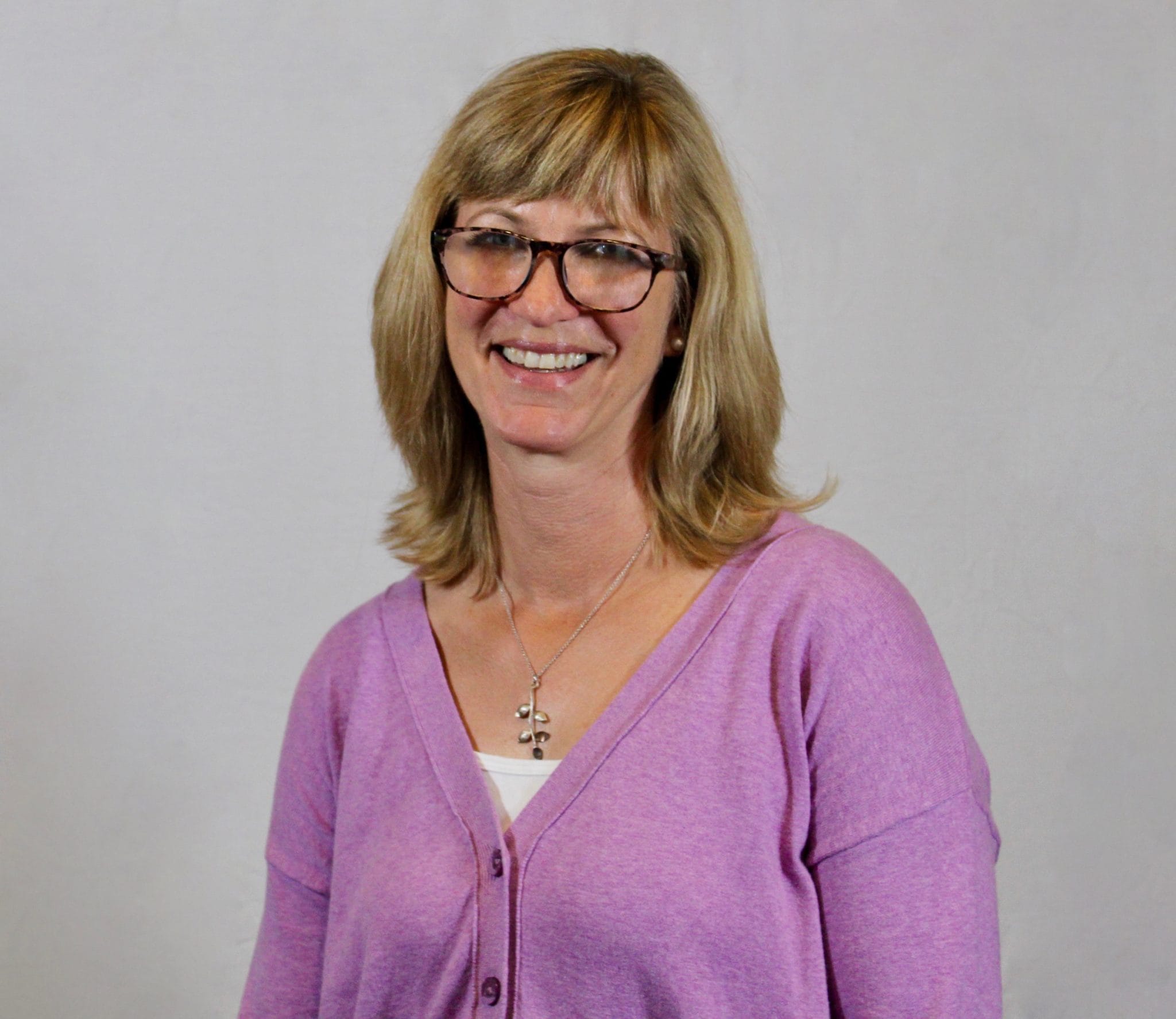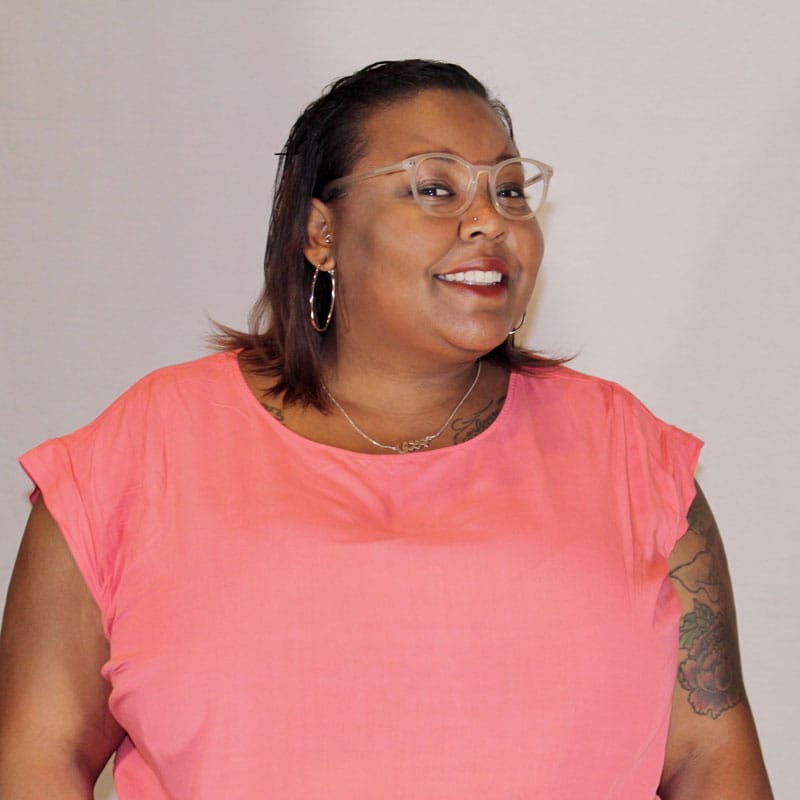If you try this activity with your students, we’d love to see what you do. Share your journey via the #Inspired2Learn hashtag on your preferred social platform.
Discipline: These activities can be applied in any class or subject area.
Age level: All
Time: 5-15 minutes (or longer if you build out some of the activities more)
Whether you’re teaching elementary, middle, or high school the end of class can feel quite chaotic, and reinforcing learning seems better left to the earlier part of the class or day. But having students reflect on what they’ve learned and apply that knowledge in new ways can be critical to getting the learning to stick. Here are 5 ways to do just that.
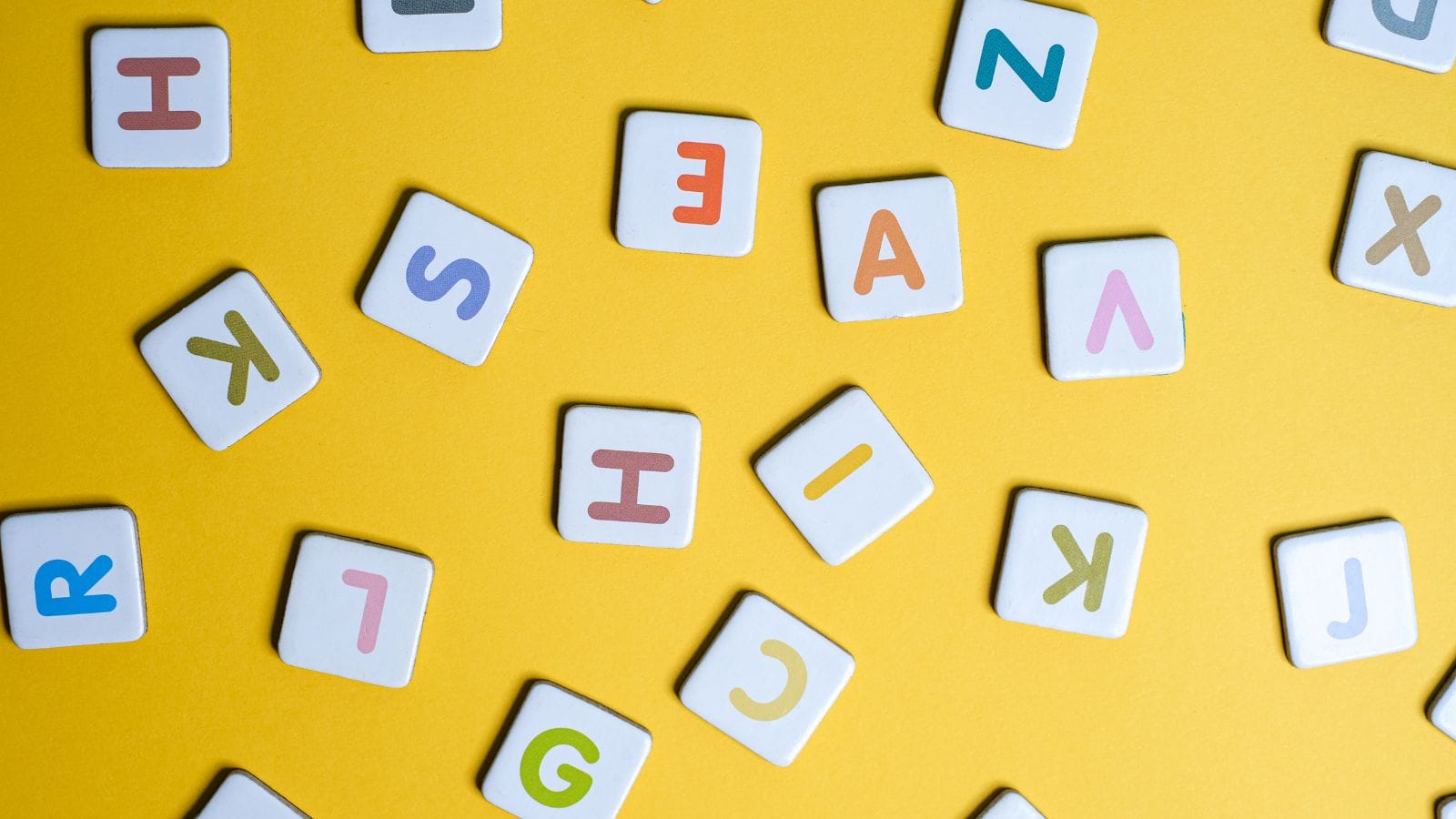
Hands and Feet Stories
Learning to listen deeply may very well be one of the most important skills we can cultivate as members of a community. One of the ways we can demonstrate our understanding of what we hear is by sharing back what was said. This activity challenges listeners to share back what they hear without words and provides the speakers with a unique glimpse into how what they said was received. When using this to reinforce content, prompt students to explain or summarize what they have learned as they practice listening and retelling with a partner.
Zoom Out
This activity is designed to help students see themselves in relation to things beyond them. When applying the concept to content review, you might take the concept learned and have students think about how it applies to them personally, to their family, to their community, to their town, to their state, etc.
Graffiti Board
At a basic level, a graffiti board is a place where students write responses to a prompt and can engage in written discussion with what others have posted on the paper. When applied to reviewing content, you would post a content-related question or prompt in the middle of a large sheet of paper and have students write their reflections and then respond to each others’ writing. This form of “discussion” can be particularly helpful for students who may be less likely to speak up in front of the whole class. On paper, their voice is heard.
The Answer is 4
What are all the possible questions you can come up with for which the answer is “4”? That is the basic structure of this activity. Students can come up with an endless list of things like:
- How many legs does a cat have?
- How many musicians are in a quartet?
- How many fingers do you have on one hand if you don’t count your thumb?
- What’s 74 minus 70?
- How many seasons are there in a year?
- How many tires are on a standard car?
This can be an excellent warm-up or closing activity in and of itself, but if you want to connect it to content review or reinforcement you can take something students learned during the class and make that the “answer” and then have them come up with questions for which that is the solution. For example:
- US History: The answer is 1619.
- 6th Grade Reading: The answer is cause and effect.
- 4th Grade Math: The answer is 45.
- Chemistry: The answer is nuclear fusion.
One Belief Strengthened, One Belief Changed
If you’ve had a class period that is particularly rich with discussion and puzzling through big ideas (like a discussion about the intentions of a character in a story you’ve read, the long-term effects of a historical event, or even the purpose of learning a particular math concept) closing the class with this activity can be a good way for students to reflect on what they learned.
Ask students, “As you reflect on what we discussed today, think about one belief you came into class with that has been strengthened and one that has changed – or that you’re reconsidering.”
You can have students respond when they feel moved to do so or go in some order around the room. Consider sharing your own views as part of this too. Sometimes modeling can help to break the ice.
This experience can also be a powerful reminder that beliefs DO change when we encounter new information and that kind of flexible thinking is how we grow.
Standards Addressed by these Activities
Common Core College and Career Readiness Anchor Standards for Language
Conventions of Standard English:
CCSS.ELA-LITERACY.CCRA.L.1 Demonstrate command of the conventions of standard English grammar and usage when writing or speaking.
Vocabulary Acquisition and Use:
CCSS.ELA-LITERACY.CCRA.L.6 Acquire and use accurately a range of general academic and domain-specific words and phrases sufficient for reading, writing, speaking, and listening at the college and career readiness level; demonstrate independence in gathering vocabulary knowledge when encountering an unknown term important to comprehension or expression.
Common Core College and Career Readiness Anchor Standards for Writing
Text Types and Purposes:
CCSS.ELA-LITERACY.CCRA.W.1 Write arguments to support claims in an analysis of substantive topics or texts using valid reasoning and relevant and sufficient evidence.
Common Core College and Career Readiness Anchor Standards for Speaking and Listening
Comprehension and Collaboration:
CCSS.ELA-LITERACY.CCRA.SL.1 Prepare for and participate effectively in a range of conversations and collaborations with diverse partners, building on others’ ideas and expressing their own clearly and persuasively.
Presentation of Knowledge and Ideas:
CCSS.ELA-LITERACY.CCRA.SL.4 Present information, findings, and supporting evidence such that listeners can follow the line of reasoning and the organization, development, and style are appropriate to task, purpose, and audience.
Collaborative for Academic, Social, and Emotional Learning Competencies
Self-Awareness: The abilities to understand one’s own emotions, thoughts, and values and how they influence behavior across contexts. This includes capacities to recognize one’s strengths and limitations with a well-grounded sense of confidence and purpose.
Self-management: The abilities to manage one’s emotions, thoughts, and behaviors effectively in different situations and to achieve goals and aspirations. This includes the capacities to delay gratification, manage stress, and feel motivation and agency to accomplish personal and collective goals.
Social awareness: The abilities to understand the perspectives of and empathize with others, including those from diverse backgrounds, cultures, and contexts. This includes the capacities to feel compassion for others, understand broader historical and social norms for behavior in different settings, and recognize family, school, and community resources and supports.
Responsible decision-making: The abilities to make caring and constructive choices about personal behavior and social interactions across diverse situations. This includes the capacities to consider ethical standards and safety concerns, and to evaluate the benefits and consequences of various actions for personal, social, and collective well-being.
Relationship skills: The abilities to establish and maintain healthy and supportive relationships and to effectively navigate settings with diverse individuals and groups. This includes the capacities to communicate clearly, listen actively, cooperate, work collaboratively to problem solve and negotiate conflict constructively, navigate settings with differing social and cultural demands and opportunities, provide leadership, and seek or offer help when needed.


